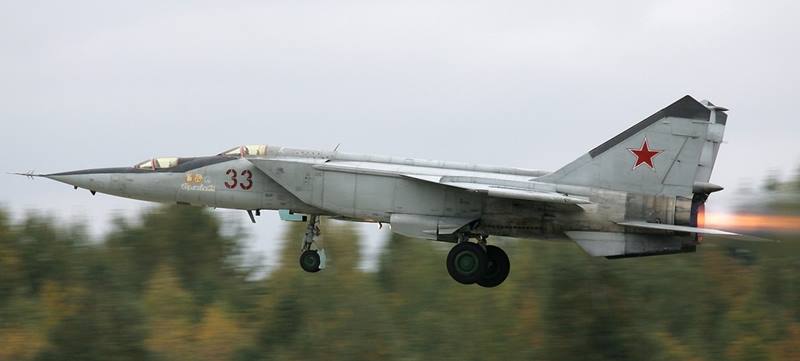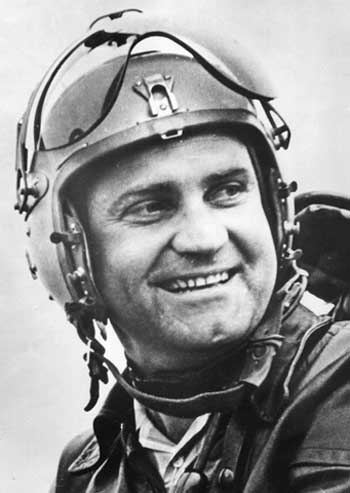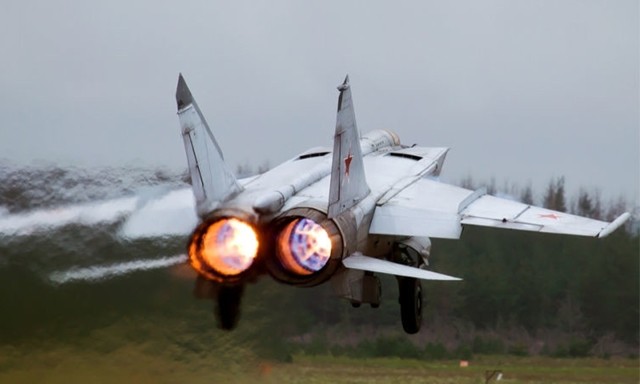MiG-25 “Foxbat”: The Steel Fist of The Iron Curtain
Mikoyan Gurevich MiG-25 (codenamed as “Foxbat” by the NATO) is a supersonic interceptor aircraft that was manufactured in the late 60s by the Mikoyan Gurevich Design Bureau, which was an aircraft designer and manufacturer for the Soviet Union. Having entered service in 1970, MiG-25 “Foxbat” is one of the most successful and powerful military aircrafts in the world even today. The MiG-25 “Foxbat” has broken various records over the period of time of its service, and still holds some of these records even today.

Background and Development Process
During the early 1950s, the cold war was starting to get more competitive, with the United States military developing some very powerful and dangerous aircrafts, such as B-47 Stratojet, B-52 Stratofortress, B-58 Hustler, and the legendary B-70 Valkyrie, which was able to reach speeds as high as Mach.3 (~3675km/h – 2283m/h).
The U.S. Air Force and military was also forcing and violating the USSR’s borders, which was a serious problem, since some aircrafts were even able to carry free-fall nuclear bombs. In addition to these bombers, The U.S. Air Force was also using some strategic reconnaissance aircrafts such as the legendary U-2 “Dragon Lady” and the SR-71 “Blackbird”. Both these aircrafts were able to fly at altitudes that the USSR’s air defence couldn’t even scan, and even if they could, they wouldn’t be able to shoot these aircrafts, since they were a lot faster than the land-to-air missiles they had.
For these reasons, it was essential for the Iron Curtain to develop a new supersonic interceptor aircraft, which should have been able to reach as high as Mach.3, climb to high altitudes very fast, and fly at a stable and safe speed at altitudes as high as 89.000ft (27km). The Kremlin gave the responsibility of the development of this aircraft to the Soviet Air Defence Forces (PVO). PVO decided to give the project to Mikoyan Gurevich Design Bureau, which was led by the legendary Mikhail Gurevich at the time.
After the development process started in 1959, Mikhail Gurevich, the head of the project, got into a development marathon with his team, which took 11 years in total. In 1964, the first prototype made its first successful flight, and the development process was sped up. Later in 1967, the four prototypes of the aircraft were shown to the public at the Domodedovo Air Show.
The plane was put into mass production after the late development process. And immediately achieved a great reputation, and became a living legend.
MiG-25’s High Altitude, Speed, and Climbing Record
On August 31st 1977, a Soviet pilot Aleksandr Vasilievich Fedotov took an experimental MiG-25RB (of which the engine set was replaced with a more powerful set, the R15BF2-300). He was able to climb to 123,523 feet (37,650 meters) in a short time. And set the world record, which still hasn’t been broken today.

MiG-25, And Its Successor MiG-31
In 1979, the USSR decided to develop a more modern and powerful version of MiG-25, and named it Mikoyan Gurevich MiG-31. Although most specifications of the aircraft were left the same, there were also great improvements in the engine and overall technological devices used in the aircraft.
Today, MiG-31 is still used by the Russian Air Force, and it is planned to remain in service until 2030. The import versions of the MiG-25 and MiG-31 have been sold to various countries over the years. And the MiG-31 is still in use in a number of countries.
Sources:
https://skybrary.aero/aircraft/mg25
https://nuke.fas.org/guide/russia/airdef/mig-25.htm
https://nationalinterest.org/blog/buzz/world-record-how-one-russian-mig-25-fighter-reached-123523-feet-74286



